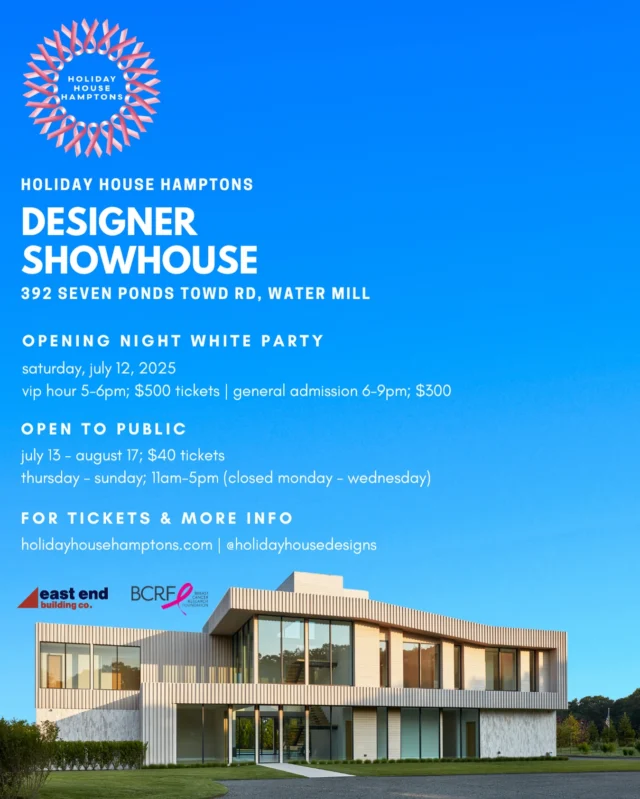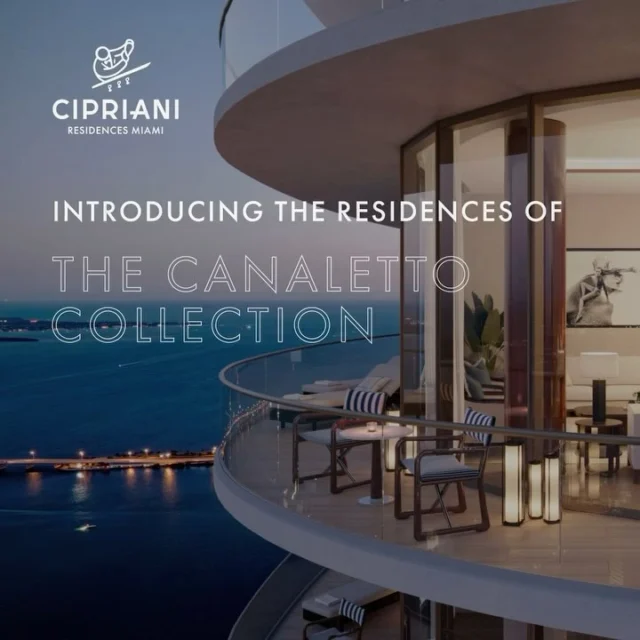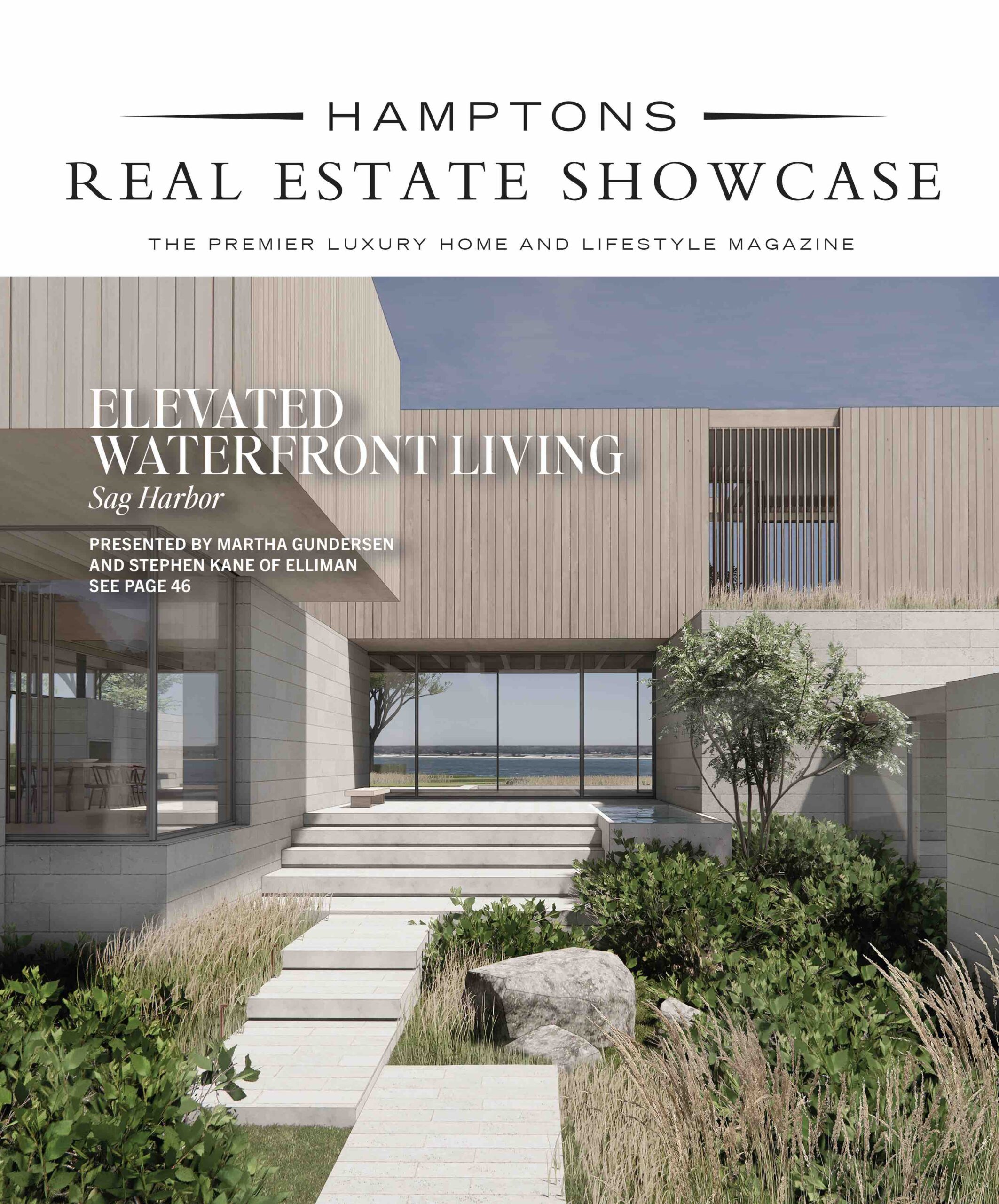There was a time when a Hamptons backyard was incomplete without a kidney-shaped swimming pool featuring a waterfall made of rocks piled several feet high. Today, however, a Hawaiian-style lagoon is the epitome of passé, and is the first thing to go when buyers move into a property, noted Douglas Elliman agent Lynda Packard. Homeowners want in-ground rather than above, rectangular instead of rounded and gunite over vinyl.
“Even if it’s a brand-new, vinyl pool with a heater, somebody will still say, ‘I wanted a gunite pool with a built-in hot tub,’ so they’ll rip the whole thing out,” she said. This is just one of several Hamptons home design trends that were expected to be timeless but have since grown tired. And while it’s difficult to quantify exactly how much, potential buyers submit lower offers for homes they’ll want to renovate, even if the changes are purely cosmetic and according to taste, Packard said.
One property she recently acquired for clients, 108 Mill Creek Close in Water Mill, was listed for $3.5 million, but Packard haggled the price down to $2.8 million due to its “amoeba-shaped” pool, among needed updates. Outdated amenities can be especially tough for the resales of spec homes, which are designed according to the latest, hottest trends so they’ll be sold quickly. Packard recalled a time when wood floors spec houses were stained in a dark mahogany. Now, the preference is for light, even bleached-white floors, making listings with the older style less attractive on the market. “I’ll walk into a house that was a big, beautiful, brand-new spec house and now six or seven years later the first thing [buyers] say is, ‘oh no, I’m going to have to redo the floors,’” she said.
Making matters even tougher for homes with unfashionable finishes, millennial buyers don’t have the time, know-how or desire to do any renovations at all, added Dana Buckley, an agent with Stribling. They would rather pay a higher price tag for a shelf-ready, up-to-date property than attempt to stick to a budget with contractors, she said. “I always liked the concept of taking something for less money and putting your stamp on it, but that definitely does not seem to be in vogue,” Buckley said. “I showed [a property] recently that was dated and basically the reaction was that it’s a gut job, and people don’t want to do that right now.”
Once-popular designs that she said have also lost their appeal include wainscotting, along with baseboard and crown moulding. And, though this may be surprising for the water-locked East End, some believe nautical decor has become a little tacky, Buckley said.
Architects, meanwhile, tend to avoid trends in favor of designs that contextually match their surroundings forever, noted Paul Masi, of the firm Bates Masi Architects. That being said, they are not immune to learning lessons. In an attempt to cut down on time and costs when using stucco, architects and homebuilders have used synthetic version that can be quickly coated over Styrofoam. Authentic, or real, stucco requires skilled masonry to apply layers upon layers of cement.
Over time, however, Masi has noticed that synthetic doesn’t match up to the real thing. Authentic stucco ventilates better, preventing rot underneath the siding, and ages better visually, he said. “But from someone else’s perspective, synthetic is really cheap, it’s really easy and it’s fast, and for them that’s the win,” Masi said.








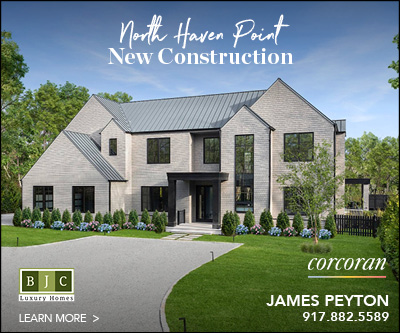



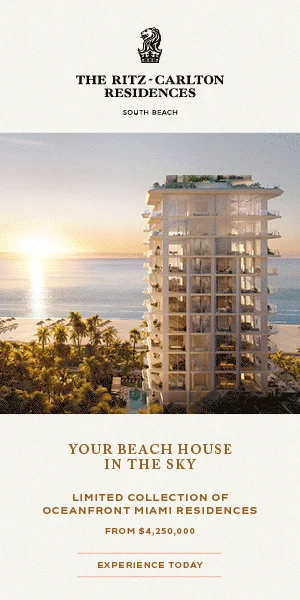
![Tucked along the shoreline of West Neck Harbor, this Shelter Island retreat offers a rare opportunity for relaxed waterfront living. ☀️⚓ With a waterside pool, deep water dock, guest cottage, and 220± feet of bulkhead frontage, every inch of the property is designed to embrace the outdoors. Inside, rich architectural details, sun-filled rooms, and elegant entertaining spaces blend comfort with character, making this a true summer escape.
37 East Brander Parkway, Shelter Island
Represented by Rebecca Shafer @myshelterisland of @thecorcorangroup [link in bio]](https://hamptonsrealestateshowcase.com/wp-content/uploads/sb-instagram-feed-images/515283061_18519694612030135_1293239383085970748_nfull.webp)
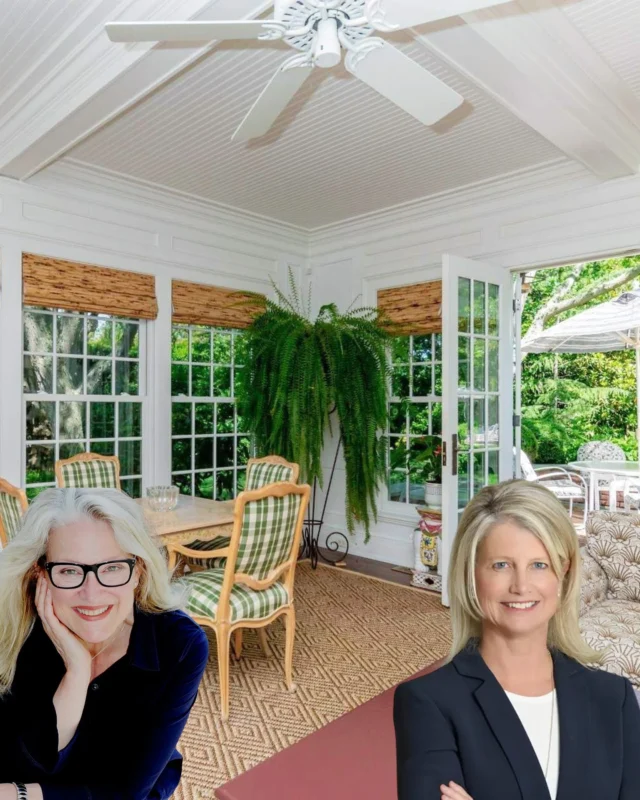
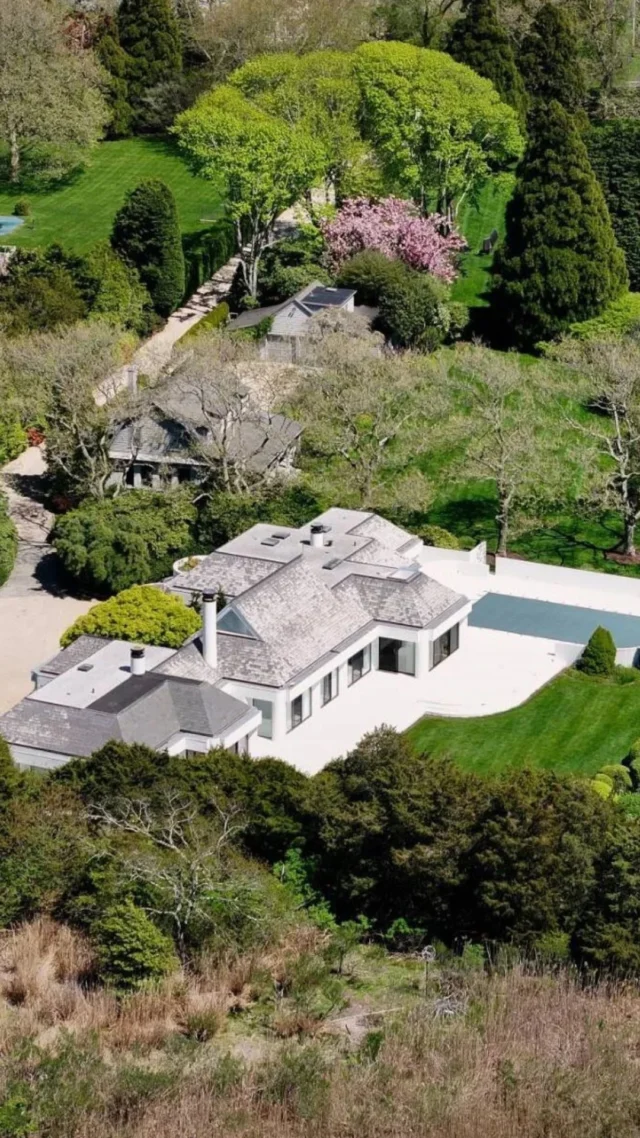
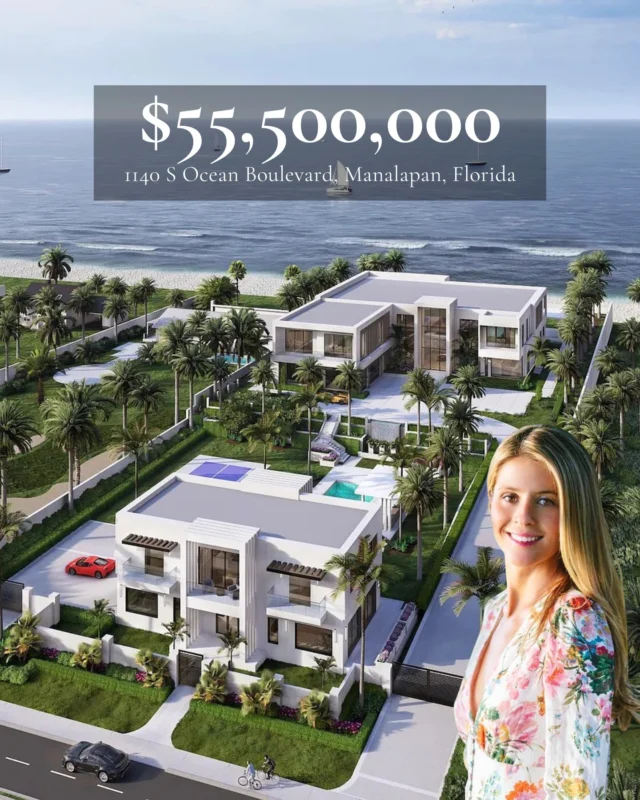
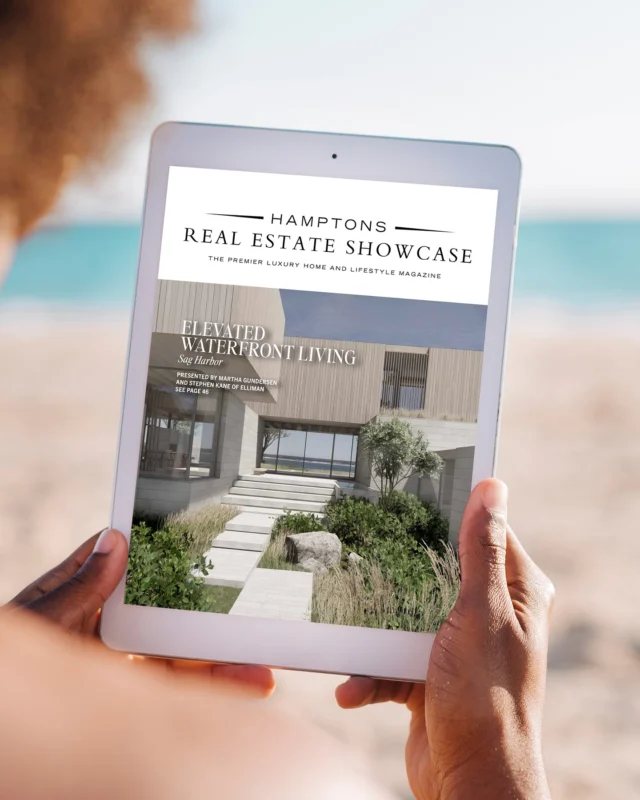
![A private Sag Harbor retreat with timeless elegance and space to roam 🌿 Set on 6.5± secluded acres, this beautifully designed estate offers over 8,000± square feet of refined living, with layered outdoor spaces, a 50-foot gunite pool and spa, and ever amenity needed for effortless Hamptons Living.
47 Middle Line Highway, Sag Harbor Represented by @theenzomorabito of @douglaselliman [link in bio]](https://hamptonsrealestateshowcase.com/wp-content/uploads/sb-instagram-feed-images/513860206_18518605354030135_4589361988158119558_nfull.webp)
